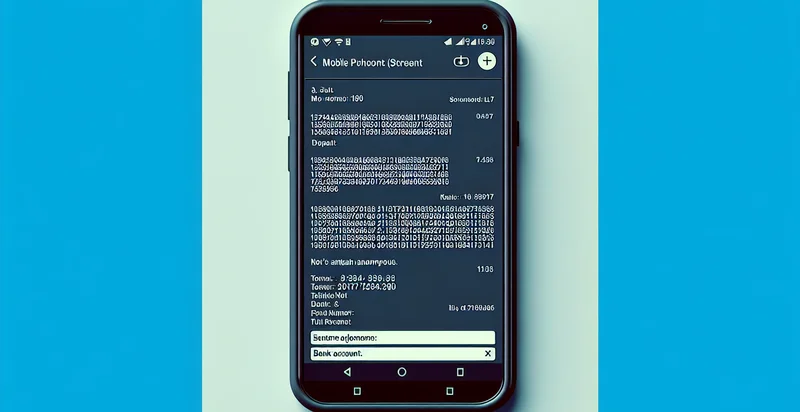Identify if bank is unlocked
using AI
Below is a free classifier to identify if bank is unlocked. Just upload your image, and our AI will predict if the bank is unlocked - in just seconds.

Contact us for API access
Or, use Nyckel to build highly-accurate custom classifiers in just minutes. No PhD required.
Get started
import nyckel
credentials = nyckel.Credentials("YOUR_CLIENT_ID", "YOUR_CLIENT_SECRET")
nyckel.invoke("if-bank-is-unlocked", "your_image_url", credentials)
fetch('https://www.nyckel.com/v1/functions/if-bank-is-unlocked/invoke', {
method: 'POST',
headers: {
'Authorization': 'Bearer ' + 'YOUR_BEARER_TOKEN',
'Content-Type': 'application/json',
},
body: JSON.stringify(
{"data": "your_image_url"}
)
})
.then(response => response.json())
.then(data => console.log(data));
curl -X POST \
-H "Content-Type: application/json" \
-H "Authorization: Bearer YOUR_BEARER_TOKEN" \
-d '{"data": "your_image_url"}' \
https://www.nyckel.com/v1/functions/if-bank-is-unlocked/invoke
How this classifier works
To start, upload your image. Our AI tool will then predict if the bank is unlocked.
This pretrained image model uses a Nyckel-created dataset and has 2 labels, including Bank Locked and Bank Unlocked.
We'll also show a confidence score (the higher the number, the more confident the AI model is around if the bank is unlocked).
Whether you're just curious or building if bank is unlocked detection into your application, we hope our classifier proves helpful.
Related Classifiers
Need to identify if bank is unlocked at scale?
Get API or Zapier access to this classifier for free. It's perfect for:
- Account Access Verification: This function can be used to verify if a customer's bank account is unlocked before allowing access. This ensures that only authorized users can log in, enhancing security and minimizing the risk of fraudulent access to sensitive financial information.
- Fraud Detection System: The identifier can be integrated into fraud detection systems to determine if accounts involved in suspicious transactions are locked or unlocked. This can help financial institutions prevent further fraudulent activities by automatically flagging or restricting access to these accounts.
- Customer Support Automation: In customer service operations, this function can streamline support by first checking if a customer's account is unlocked before proceeding with sensitive inquiries or transactions. This reduces the workload on support agents and improves customer experience by quickly addressing issues.
- Loan Approval Process: During the loan approval process, the system can use the identifier to check if a customer’s banking profile is accessible. If the account is locked, automatic notifications can be sent to customers, allowing them to resolve issues quickly without delaying the loan processing.
- Compliance Monitoring: Financial institutions can leverage this function for monitoring compliance with regulatory requirements. By ensuring that only unlocked accounts are engaged in transactions, institutions can reduce risks associated with fraudulent activities and improve overall compliance reporting.
- Personalized Marketing Campaigns: The identifier can be utilized to segment customers based on their account status, allowing for tailored marketing strategies. For example, targeted offers can be sent to customers with unlocked accounts to encourage further engagement and transactions.
- Security Audits and Reporting: Organizations can use this function to generate reports on account statuses as part of their security audits. By tracking the number of unlocked versus locked accounts over time, banks can identify patterns or potential security issues that need to be addressed.


